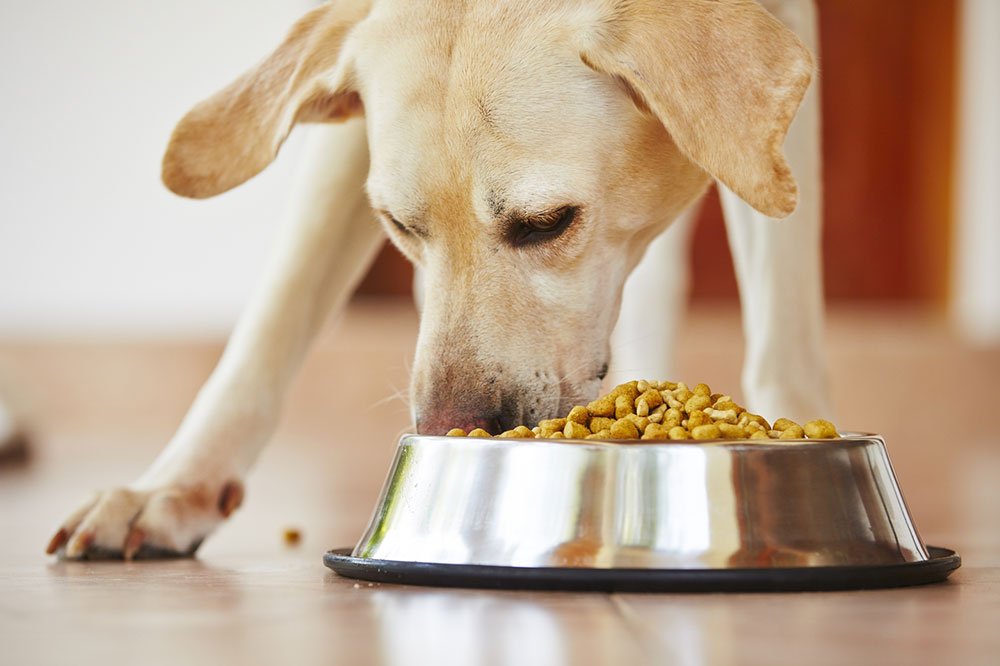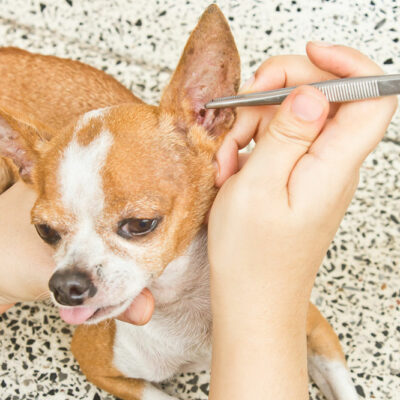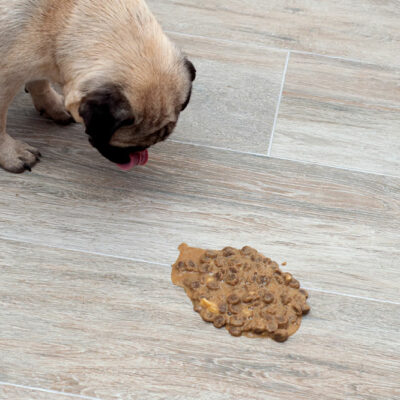
How to Treat Food Allergies in Dogs
Is your dog always itching and scratching itself? Does your dog have regular ear infections or poor coat quality? It can be causing immense distress to your furry friend, and it could probably be an allergic reaction to certain foods.
Food allergies are becoming more common in dogs, giving a rising concern to dog owners. Firstly, it’s important to watch the type of foods your dog is allergic to.
There are certain foods you should avoid feeding your pet. However, you can also try some of the popular treatment options available to treat dogs’ food allergies.
Exclusion or Elimination diet
Tracking the leading cause of food allergies in dogs is commonly done via the exclusion diet. This is, by far, the most reliable way of determining the main triggers of allergic reactions. This method involves feeding your dog with specific sources of proteins and carbohydrates for brief periods instead of familiarizing them with it. You can start with turkey, lamb, or salmon and mix it with rice and potatoes. Watch how your dog is reacting and slowly switch to other foods in the line while continuously monitoring your dog’s health for a few weeks.
If you notice any improvements, get a provocation test done by feeding your dog one trigger of the allergy for a week. This diet and method is a great way to identify a food allergy in your dog clearly. Maintain consistency and make a list of the foods that have a positive or negative effect. Make sure to avoid feeding treats to your dog throughout the exclusion diet.
Hypoallergenic dog foods
Veterinarians prescribe most hypoallergenic foods, and they’re available online, too. This method is done by using a novel protein source or through hydrolyzed protein. Novel protein sources are completely new to your dog that significantly reduces the risk of an immune response. This method of diagnosing allergies in dogs should involve only a single source of carbohydrates and protein. Opt for foods like pea, duck, salmon, and potato. However, this should be the first time your dog is exposed to it.
Proteins that are hydrolyzed or chemically split into tiny molecules prevent the immune system from recognizing them. Hence, your dog is much less likely to experience any allergic reactions to food. For carbohydrates, feed rice or starch, as they are very low in triggering allergic reactions.
Supportive care
This involves food trial trips where you totally avoid feeding treats, rawhides, hooves, flavored medications, and flavored toothpaste. Treats should only be given under the recommended diet like freezing or baking canned foods and serving them as chunks. If you have multiple dogs at home, make sure you keep the allergic dog away from other dogs’ food. Make sure that not even the tiniest of other pets or human food is available for this dog. Otherwise, you have to switch to an elimination diet and start all over. Whatever method you choose, ensure you keep a journal to record the dates and the specific type of food treatment given to help you monitor your dog’s health easily and effectively.


